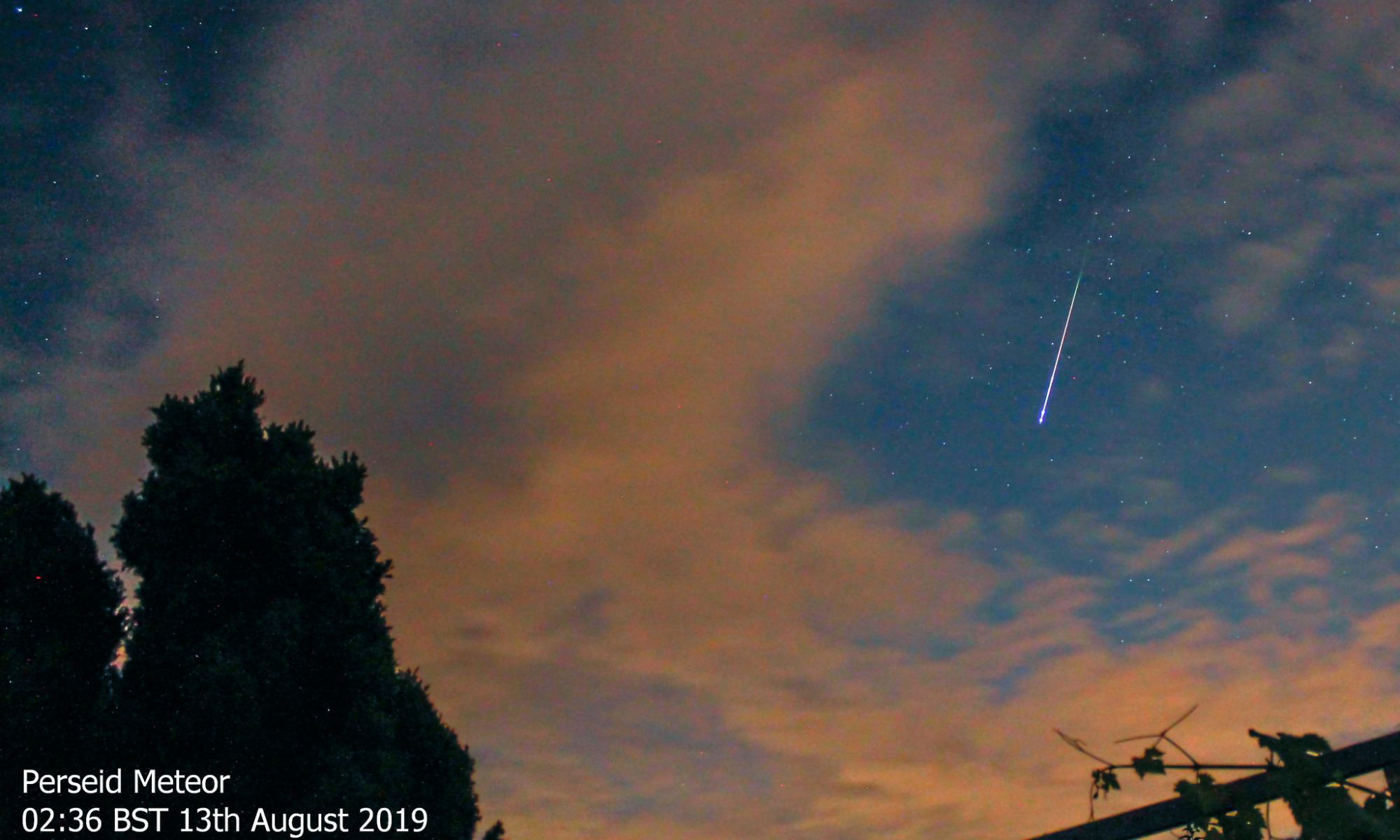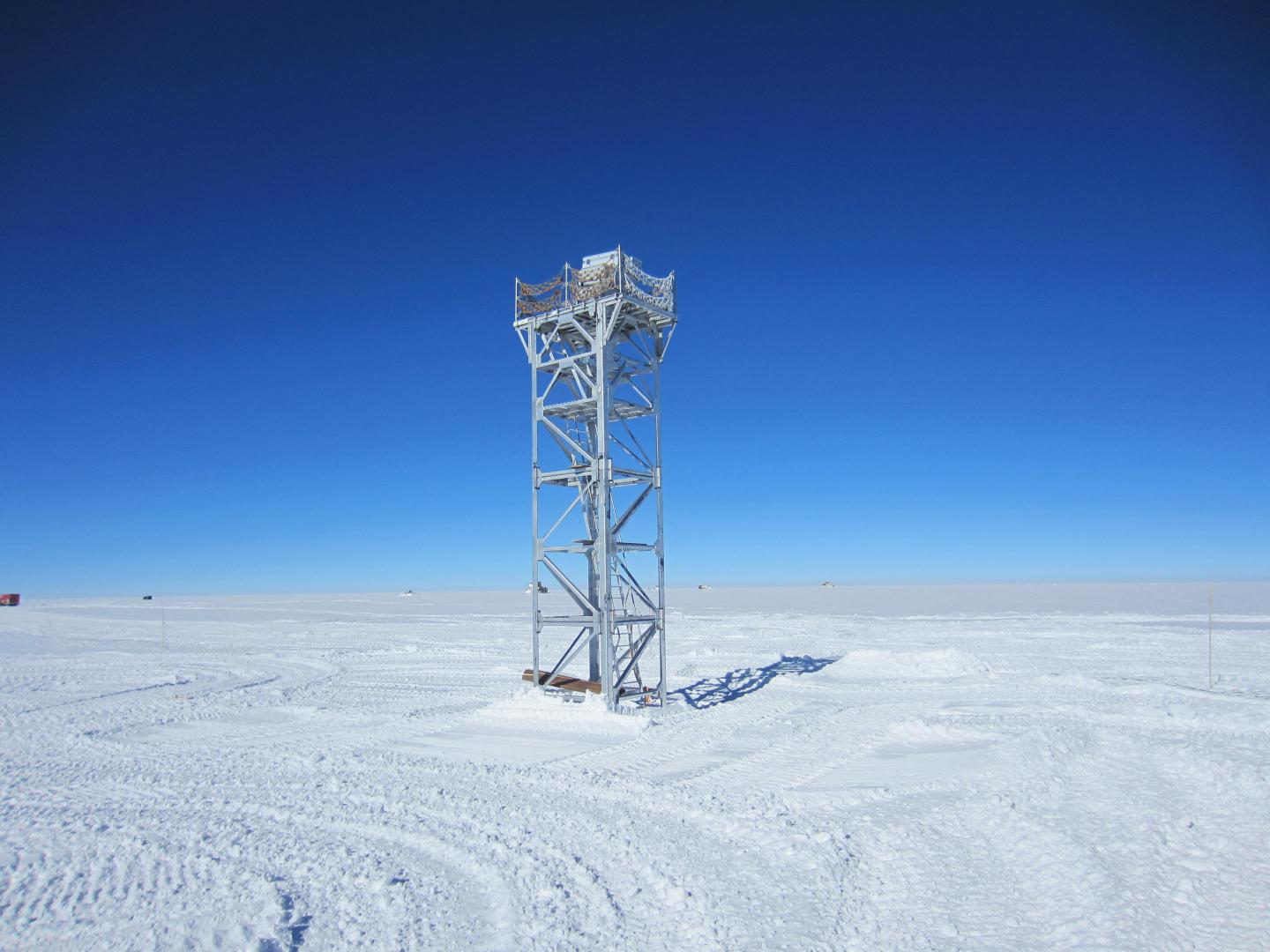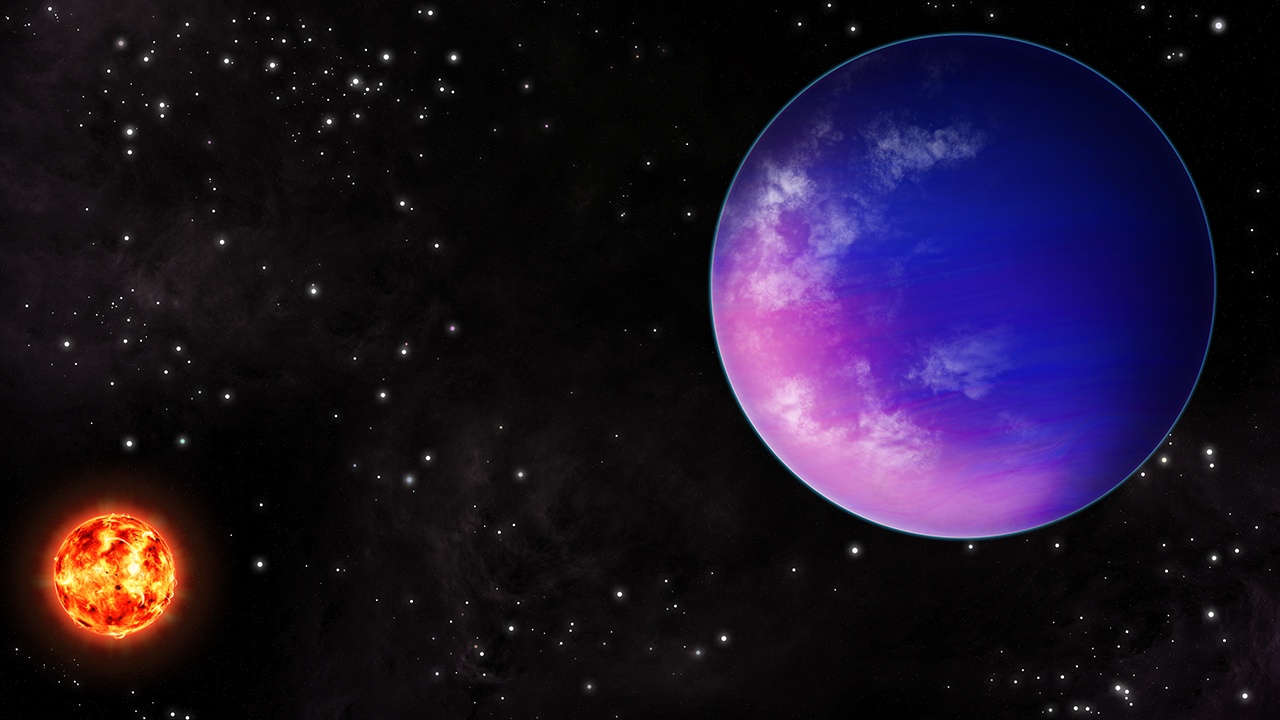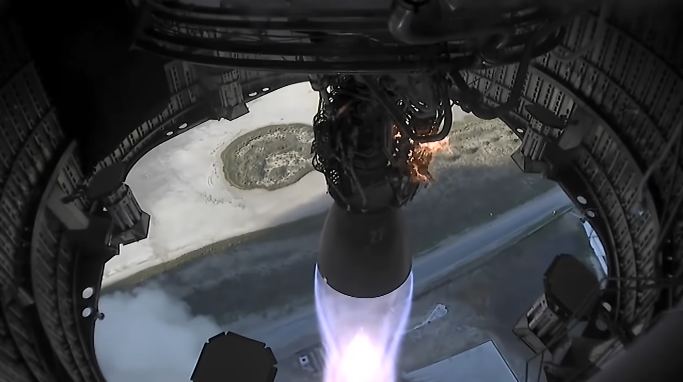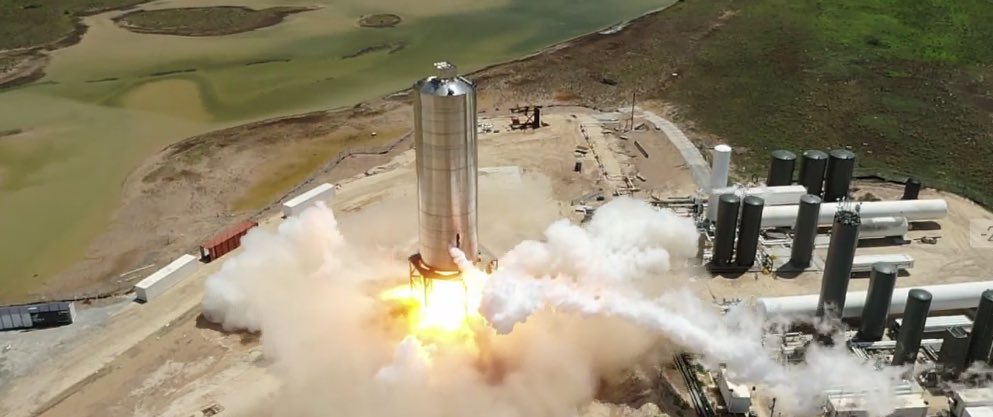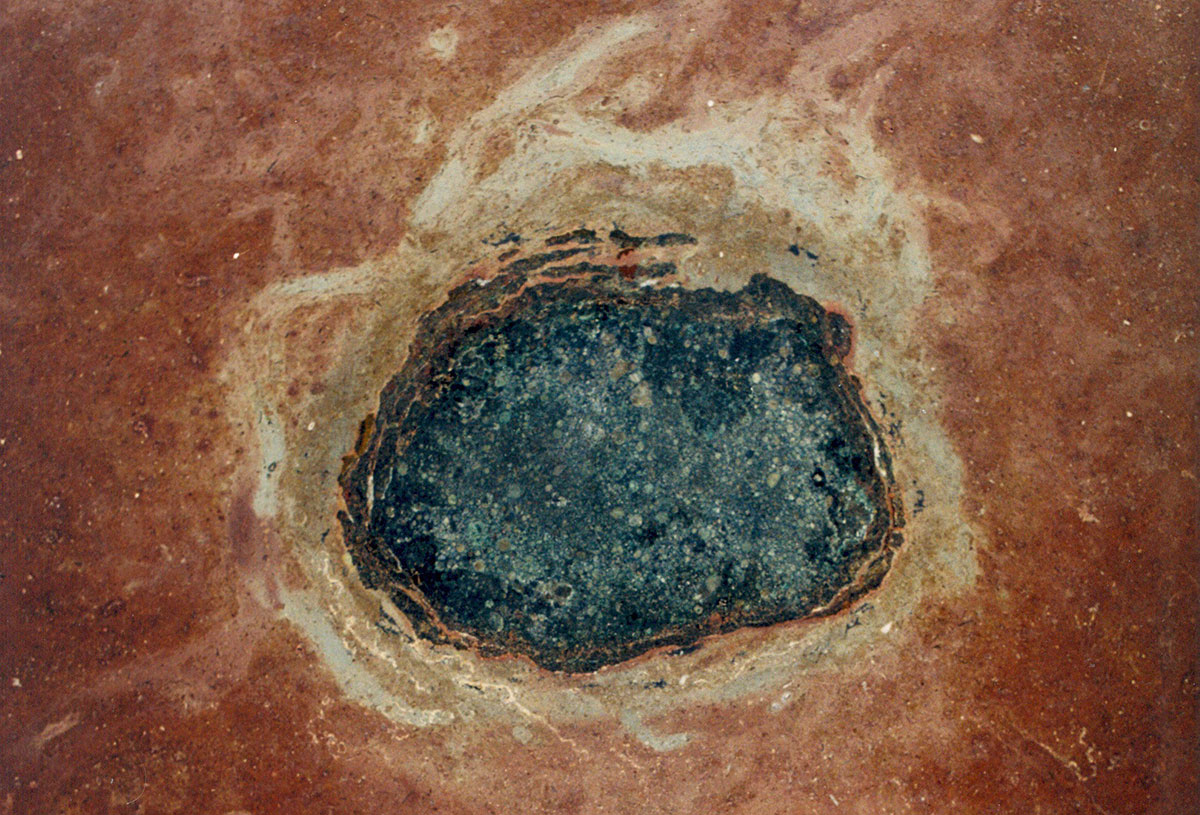Welcome back to our Fermi Paradox series, where we take a look at possible resolutions to Enrico Fermi’s famous question, “Where Is Everybody?” Today, we examine the possibility that the reason we’re not hearing from aliens is that they’re asleep and waiting for the Universe to get better.
In 1950, Italian-American physicist Enrico Fermi sat down to lunch with some of his colleagues at the Los Alamos National Laboratory, where he had worked five years prior as part of the Manhattan Project. According to various accounts, the conversation turned to aliens and the recent spate of UFOs. Into this, Fermi issued a statement that would go down in the annals of history: “Where is everybody?“
This became the basis of the Fermi Paradox, which refers to the high probability estimates for the existence of extraterrestrial intelligence (ETI) and the apparent lack of evidence. But despite seventy years of looking, we still haven’t been able to answer Fermi’s question, leading to multiple proposals as to why this is. Today, we look at the “Aestivation Hypothesis,” which argues that aliens are not dead (or non-existent), they’re just resting!
Continue reading “Beyond “Fermi’s Paradox” V: What is the Aestivation Hypothesis?”

